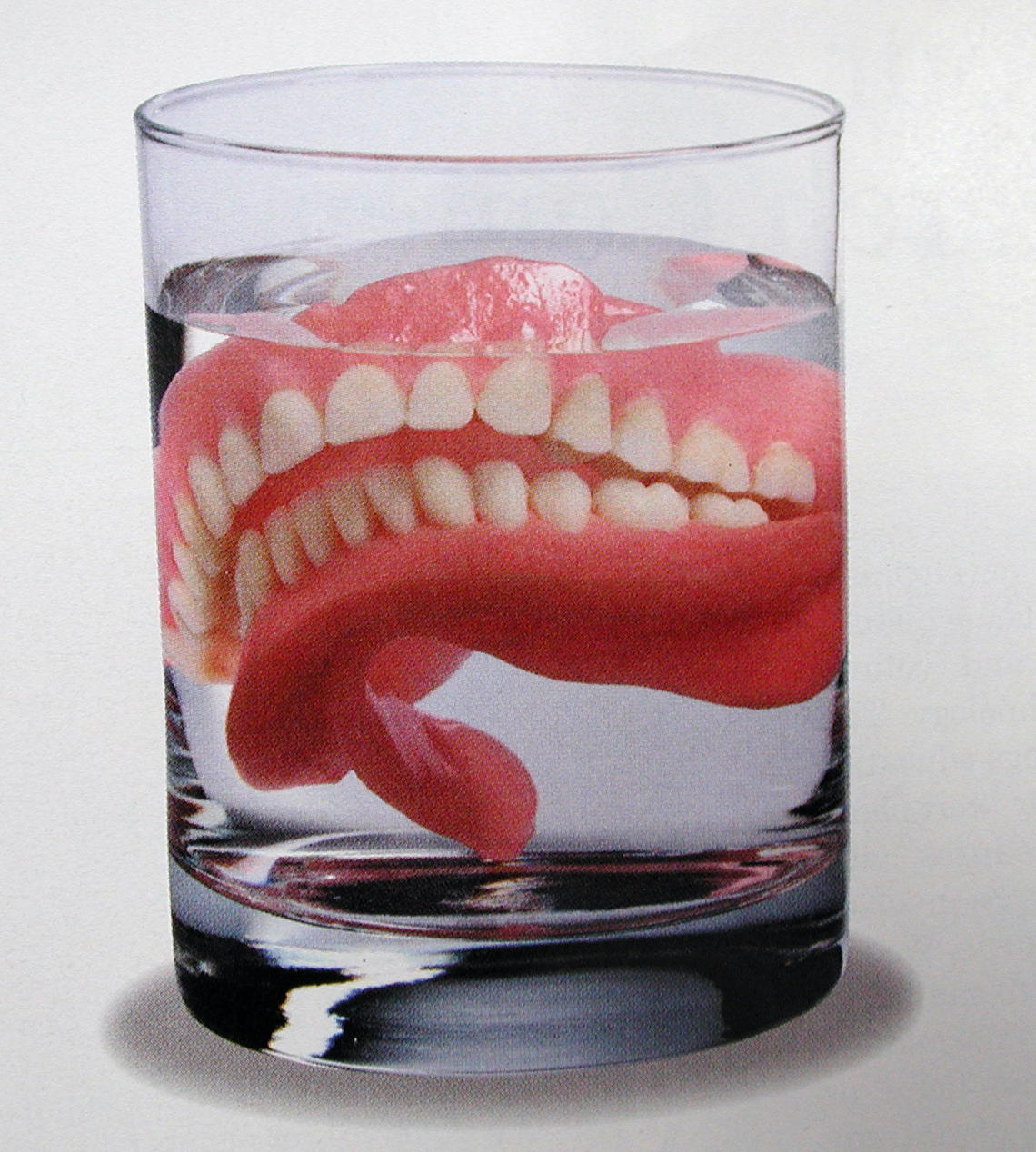To the world, they’re picture-perfect: enviably thin and free of the health problems associated with being overweight, and they can fit into the skinniest of jeans. But to researchers like Jimmy Bell, Ph.D., a professor of molecular imaging at the Imperial College at the University of London, skinny people—even supermodel types—can be superfat: “Everyone expects an overweight person to have lots of fat, but it can be a shock when a thin person has as much internal body fat as an obese, or even morbidly obese person.”
Normal-weight obesity is a term used for thin people who are really fat because, despite weighing light on a scale or having a “normal” body mass index of 24.9 or below, they have high levels of body fat.
Researchers have long used the BMI, derived from height and weight, as a surrogate measure of fat and the health risks associated with it, although BMI does not actually measure body fat. A BMI of 25 or above is classified as overweight, since this is the point where health risks start to rise. A BMI of 30 or above is considered obese, because risk factors increase exponentially at that point.
While classifying people by BMI is convenient, the measure is not without limitations. BMI can convey a false sense of risk to people who are heavier but fit—either because they are cardiovascularly trained from regular exercise, or because they have more muscle and less fat.
But as it turns out, presumably healthy BMIs can be misleading, too. People with a normal BMI may have a high level of risk if they have a high level of body fat. And as many as 30 million Americans may fall into this normal-weight but obese category, according to a 2009 study in the European Heart Journal.
Researchers looked at the BMI and body fat of more than 6,000 U.S. adults. When BMIs were compared with body fat percentages, a surprising number of people who were normal-weight according to BMI were actually obese judging by body fat levels. Worse, this study found that many of these thin-but-fat people had cardiovascular disease (heart attacks or strokes) and/or signs of metabolic syndrome such as abnormal cholesterol levels and high blood pressure. The skinny-but-fat had four times the prevalence of metabolic syndrome as those with less body fat, and normal-weight women with a high level of body fat had more than twice the risk of death from cardiovascular disease compared with those with a low level of body fat.
“People get so obsessed with how much they weigh and what they look like, and they think that if they are thin, then they are healthy,” Bell said. “But you can’t judge by how you look, because you can’t tell what’s on the inside by looking on the outside.”
And where your fat is turns out to be as important as—or more important than—how much of it you have. Today’s high-tech lab equipment is allowing glimpses of body fat like never before. Bell has centered much of his research on quantifying the amounts and locations of fat within the body using magnetic resonance imaging machines. This, and similar technology, has revealed that not only do people of all shapes and sizes have the pinchable or jiggly fat known as subcutaneous fat, or fat that is just under the skin, but that fat is also stored internally throughout the body.
Internal fat can be in the intra-abdominal area, from the top of your hips to the top of your liver. Within this area is a depot of visceral fat, deep within the belly. Fat can be ectopic—hidden in and around organs such as the liver and pancreas. It can also be stored in and around muscles. “The more internal body fat a person has, the more they are setting themselves up for health problems later, because internal fat is correlated with more health risks than external fat. A thin but overfat person without health problems may eventually reach a tipping point where suddenly they develop high blood pressure or Type 2 diabetes,” Bell says.
So how can you gauge whether you are too fat?
“Pinching an inch or more at the waist is a wonderful wake-up call that you may have too much fat,” says Len Kravitz, Ph.D., a professor of exercise physiology at the University of New Mexico.
Measuring waist circumference can be an indicator of the amount of fat in the torso. (Higher health risks have been shown in women with waists that are 35 inches or more and in men with waists at or larger than 40 inches.)
But a little bit of flab around the middle won’t tell your overall body fat percentage or how much internal fat you may have. “Getting measured with skin fold calipers from a trained professional in a health club, university or clinical setting is the easiest way to get an estimate of total body fat and lean mass,” Kravitz says. More precise body-composition measures include the Bod Pod, an underwater-weighing scale, or the DEXA (or DXA) scan, but they are hard to find and expensive.
The only way to get an idea of your fat distribution, or how much internal fat you have and where it is deposited, is to get an MRI, CT or DXA scan. These expensive machines aren’t usually available for those who are simply curious about their body fat. But check your local university or research hospital; you may be able to enroll in a study and get a scan performed as part of your participation.
How can you lose the internal fat?
You don’t really need to know how much internal body fat you have to reduce it. To lose it, you just need to start exercising, if you’re not already. Bell conducted a study in the journal Lipids on 17 normal-weight women, having them perform aerobic exercise three days a week for at least 30 minutes. The women did not diet. After six months, MRIs showed significant fat losses—an average 17 percent reduction in the internal fat and a 25 percent decrease in visceral fat. “Some women lost up to 60 percent of their internal fat, showing a great improvement in metabolic health,” Bell says, “yet they were all disappointed because they did not lose weight on the scale.” Bell and colleagues also measured fat in slim men who were fit and in men who were slim, but unfit and inactive. Their 2009 study, published in the International Journal of Obesity, showed that the fit men had lower levels of visceral and liver fat than the unfit men.
“Your main exercise thrust should be to do a combination of cardio exercise on most days of the week with resistance exercise on two to three days a week,” Kravitz says. And don’t get too obsessed with how much you weigh, since the scale can’t reveal the true picture of what shape your body is in.
Source:
By Martica Heaner for MSN Health & Fitness
http://health.msn.com/weight-loss/articlepage.aspx?cp-documentid=100254540
Important Notice: Information provided is for general background purposes and is not intended as a substitute for medical diagnosis or treatment by a trained professional. You should always consult your community pharmacist or physician about any health care questions you may have, especially before trying a new medication, diet, fitness program, or approach to health care issues.








